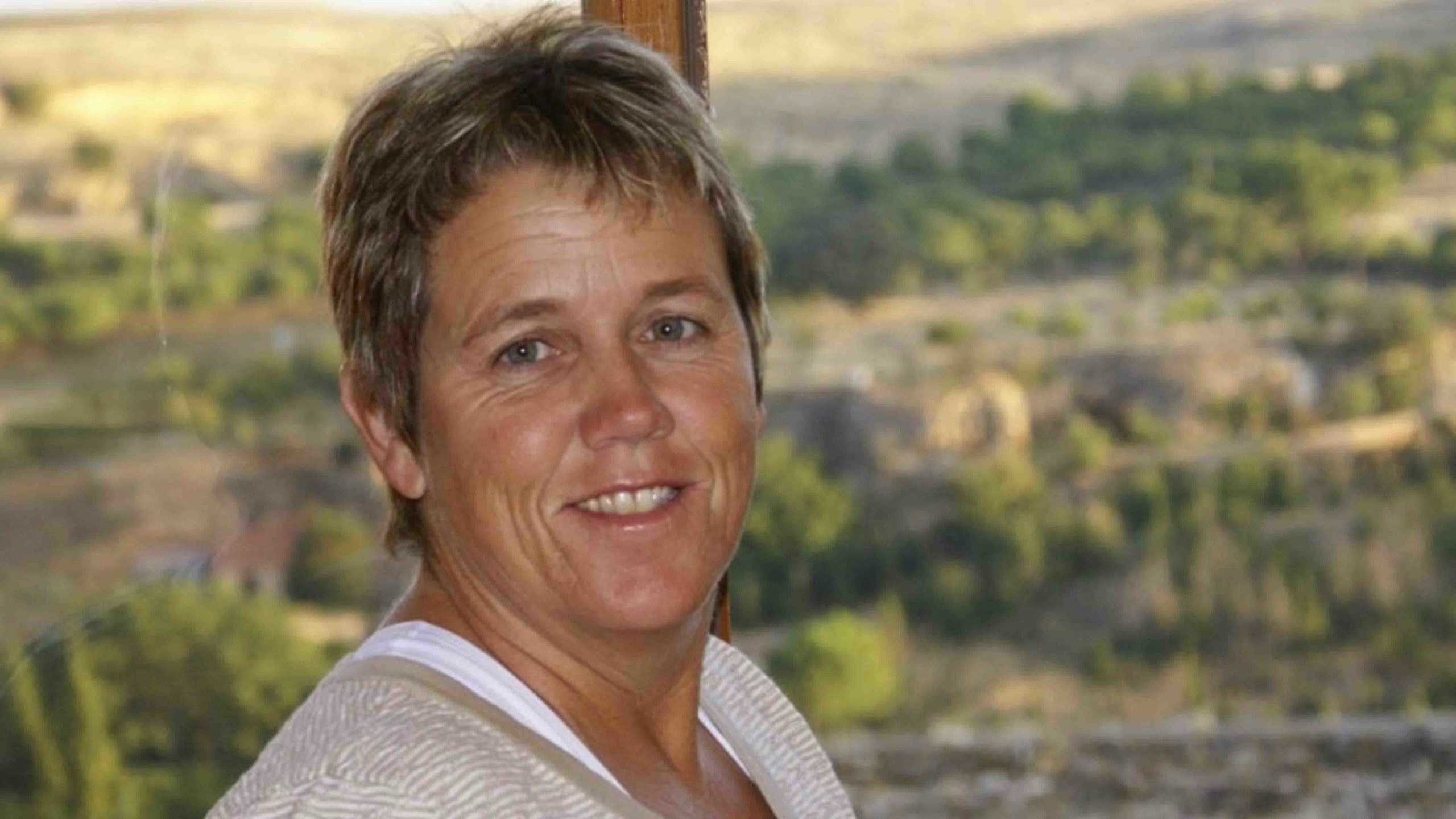We began this week with news of another tragic loss of life to a bear attack. Montana Fish, Wildlife & Parks (FWP) issued a press release stating that a woman had been killed in a bear encounter on a trail near West Yellowstone early last Saturday morning. The victim, Amie Adamson of Kansas, had wounds consistent with a bear attack, and tracks of an adult grizzly bear with at least one cub were located near the site.
The FWP press release included several important statements that give this attack context. It stated: “Montana is bear country. Grizzly bear populations continue to become denser and more widespread in Montana, increasing the likelihood that residents and recreationists will encounter them in more places each year.”
Both of those statements equally apply to Wyoming. Too many people still believe that bear country is the backcountry or wilderness. That needs to be called out and corrected because Wyoming is bear country. Like neighboring states of Montana and Idaho, Wyoming has both black and grizzly bears that occur across broad ranges.
There remains a common-sense tendency to review safety precautions when it comes to outdoor recreation or backcountry expeditions. But what about people who reside full-time within the range of these predator species? Most view a suggestion that a person should not walk out their door or down a sidewalk in their community without bear spray attached to their belt as unreasonable.
To ensure human safety, focus must not just be on backcountry encounters, but should center on reshaping our current predator/human relationship to one of mutual wariness and respect, with the recognition that the relationship can just as easily become that of predator and prey.
Increases in both human and predator populations come with an increased risk of attacks on humans in areas where these populations overlap. A great variety in the circumstances leads to predator attacks on humans, from surprise encounters in which the predator reacts defensively (such as a sow bear protecting her cubs), to those involving predators that stalk and kill humans as prey (as mountain lions have done in numerous cases).
Thanks to the work of our federal and state wildlife agencies, we know that certain actions decrease the likelihood of predator attacks on humans. Keeping a clean camp, free of items that could attract wild animals, has become common practice when camping in “bear country,” as is harassing coyotes away from school playgrounds. What appears to be uncommon, however, is the knowledge that what was once remote “predator country” now encompasses many residential neighborhoods across the countryside.
Humans have encouraged (both intentionally and unintentionally) the presence of wild predators in our neighborhoods. As human developments are created and expand, land managers often plan for open or “green” spaces, recognizing that our quality of life is enhanced by the presence of natural areas and wildlife.
It is a thrill to see a wild animal at close range, and to feel a connection with nature. But the downside to our increased tolerance for wild animals near humans is often discounted. We tend to disregard the notion that close association with a wild animal can lead to tragedy for both human and animal. Predators can, and do, kill people. From the lowly coyote to the charismatic grizzly bear, wild predators inflict harm on people when their association is too close. It does a disservice to both human and animal to ignore or deny this reality.
Public attitudes about predator management continue to evolve—from early overexploitation to the conservation-oriented approach that led to recovery programs for imperiled species. Grizzly bears in the Yellowstone region long reached and exceeded biologic recovery goals, with a positive change in the numbers of the animals present on the landscape across a broader range.
A consequence of this success is an increased human tolerance for the presence of predators, and subsequently, an increased risk of attacks on humans by predators that have long lost a reason to be wary of their human neighbors.
Cat Urbigkit is an author and rancher who lives on the range in Sublette County, Wyoming. Her column, Range Writing, appears weekly in Cowboy State Daily.





